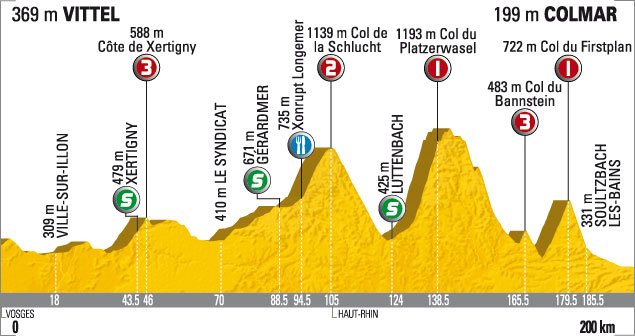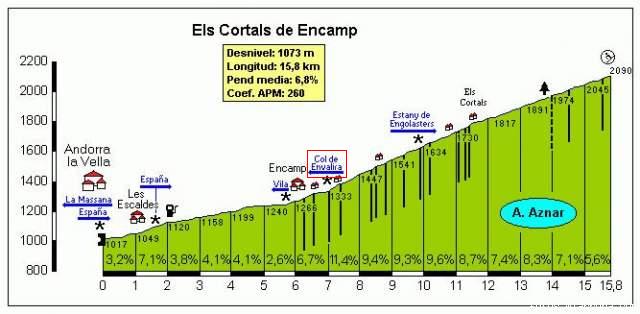In recent years, something has happened to the climbs of the Tour de France: The percentages of the slopes have gone up, while the length of the climbs has been decreasing.
That's one of the conclusions from a small study I made. The study involves 427 Tour climbs from the years 2006-2009 and 2012-2014.
In the first period, an average categorized climb had a steepness of 5.8 percent and a length of 9.4 kilometers. In 2012-2014, the steepness is 6.6 percent, and the length 7.8 kilometers. In a nutshell: The climbs are steeper, but shorter. And this development is seen in all of the five categories - from the HC category down to category 4.
Read the entire analysis at Danskebjerge.dk, and see diagrams with the results. (Sure, it's for nerds, I'm fully aware of that...) ;-)
That's one of the conclusions from a small study I made. The study involves 427 Tour climbs from the years 2006-2009 and 2012-2014.
In the first period, an average categorized climb had a steepness of 5.8 percent and a length of 9.4 kilometers. In 2012-2014, the steepness is 6.6 percent, and the length 7.8 kilometers. In a nutshell: The climbs are steeper, but shorter. And this development is seen in all of the five categories - from the HC category down to category 4.
Read the entire analysis at Danskebjerge.dk, and see diagrams with the results. (Sure, it's for nerds, I'm fully aware of that...) ;-)















